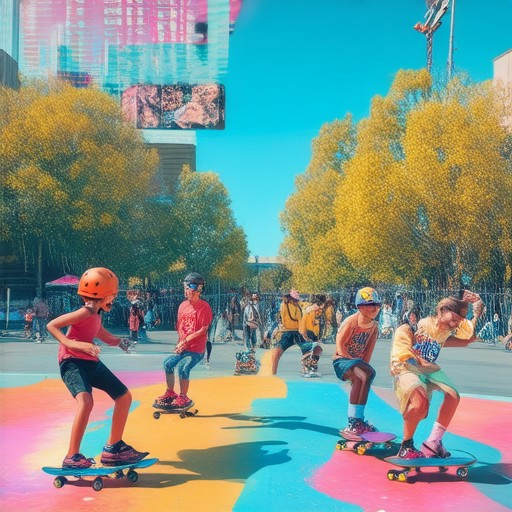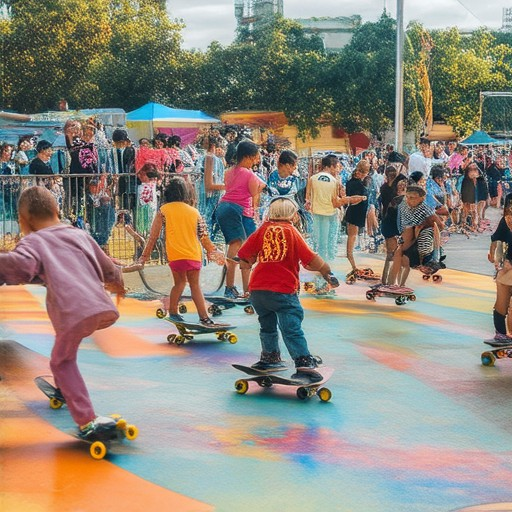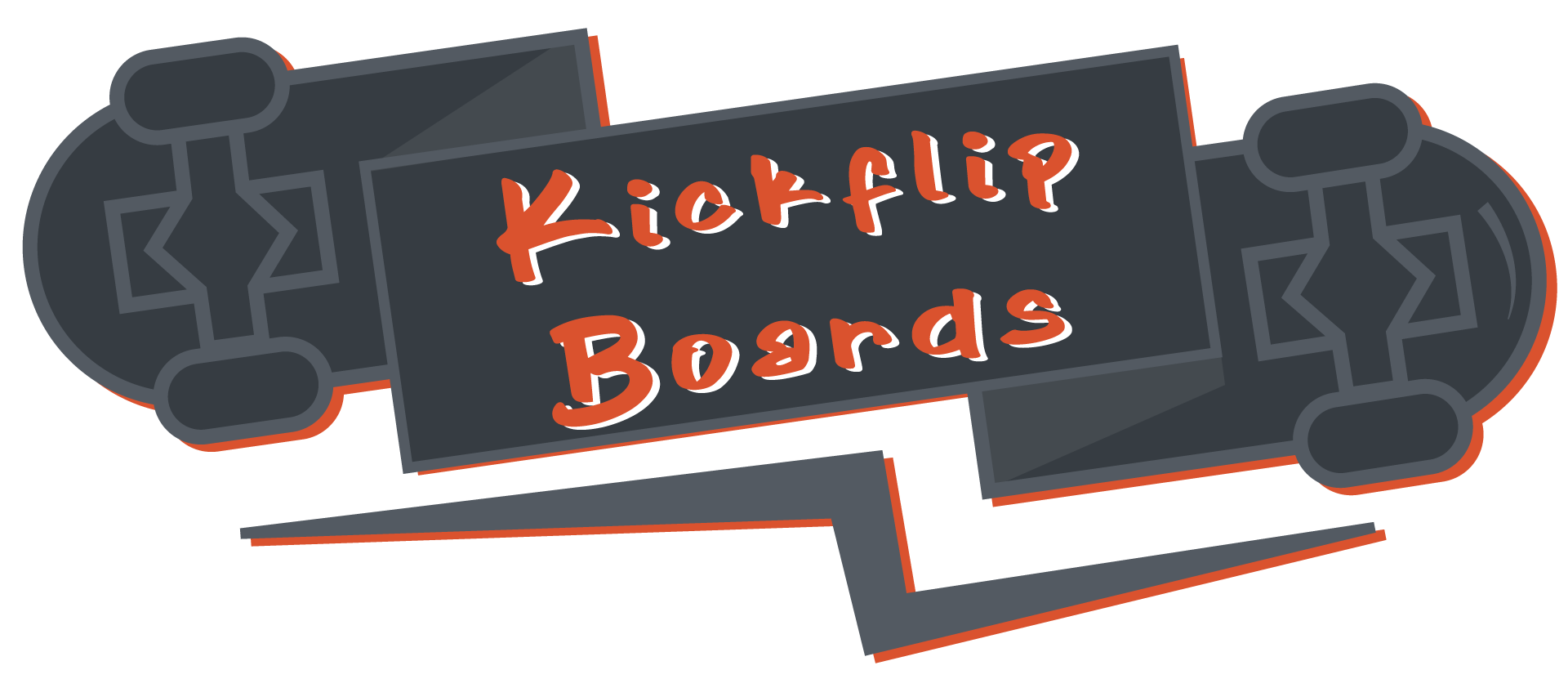Are you eager to find the best places to learn skateboarding? Whether you’re a beginner looking to get started or a seasoned skater seeking new spots, there are countless opportunities to explore. From local skate parks to community centers and even online resources, discovering the right place to learn can make all the difference. Skateboarding is accessible to anyone willing to put in the effort, and with the right guidance, you can master the tricks and techniques that make this sport so exhilarating. In this guide, we’ll walk you through everything you need to know, from finding the best locations to understanding the basics of skateboarding. Get ready to hit the streets with confidence and style!
Key Takeaways
– Best Skateboards for Learning: Opt for longboards, drop-through boards, or cruisers for stability and ease of learning. Consider deck size, wheel type, and truck softness for optimal control.
– Ideal Age to Start: Begin skateboarding between 5 and 10 years to develop motor skills and build confidence safely.
– Skateboard Size Reference: Tony Hawk prefers a 31-inch skateboard, ideal for street skating and agility.
– Resources for Progression: Discover expert tips and comprehensive guides at Kickflip Boards to enhance your skateboarding journey.

Where is the Best Place to Learn Skateboarding?
Learning skateboarding can be done in various settings, each offering unique benefits:
- Empty Parking Lots : Ideal for practicing tricks due to smooth surfaces and ample space.
- City Plazas : Great for an urban experience with obstacles and a vibrant atmosphere.
- Skate Parks : Designed for skaters, featuring ramps, rails, and safety features.
- Backyards/Driveways : Modify with DIY features for a personalized practice spot.
- Local Skate Shops : Often host events and workshops for skill development.
- Join a Community : Connect with locals via social media or forums for support and tips.
- Online Resources : Utilize YouTube tutorials and apps for technique learning.
- Skate Schools/Camps : Structured programs for advanced learning and networking.
Choose based on your preference for location, obstacles, and social interaction. Combine these options to enhance your learning experience effectively.
How to Start Learning to Skateboard
Learning to skateboard can be an exciting journey, but it requires patience, determination, and the right approach. Here’s a step-by-step guide to help you get started:
1. Gather Essential Equipment
- Skateboard: Ensure yours is in good condition. Check the wheels, bearings, and deck for any damage.
- Protective Gear: Invest in a helmet, knee pads, and elbow pads to protect yourself during falls.
- Clothing: Wear durable clothing and sturdy shoes designed for skating, such as Vans or Nike skate shoes.
2. Learn Basic Stance and Balance
- Foot Position: Stand with your feet shoulder-width apart, one slightly in front of the other for stability.
- Weight Distribution: Keep your weight evenly distributed between your feet.
- Balance Practice: Practice standing still and shifting your weight from one foot to the other.
3. Master Pushing and Overtaking
- Pushing Technique: Push the tail of the board firmly with your non-weight-bearing foot to move forward.
- Overtaking: Practice turning the board by shifting your weight to the rear foot and gently guiding the nose.
4. Work on Turning Techniques
- Carving: Use your feet to turn the board smoothly, starting with small movements and gradually increasing radius.
- Manuals: Transition from carving to manuals by lifting the nose and balancing on the tail.
5. Explore Skate Parks and Community Centers
- Local Spots: Find nearby skate parks or community centers that offer skate zones.
- Workshops: Attend beginner workshops or join local skate groups for guided sessions.
6. Practice Tricks and Grinds
- Basic Tricks: Start with ollies, kickflips, and 50-50 grinds.
- Grind Boxes: Practice grinding on rails and boxes, focusing on foot placement and control.
7. Stay Safe and Aware
- Helmets and Pads: Always wear protective gear.
- Traffic Rules: Familiarize yourself with local traffic laws and share the road with pedestrians and vehicles.
8. Seek Mentorship
- Local Skaters: Ask for tips and advice from experienced skaters at skate parks.
- Online Communities: Join forums or social media groups to connect with fellow learners and share experiences.
9. Consistent Practice and Set Goals
- Daily Practice: Dedicate time each day to practice, even if just for 15 minutes.
- Goal Setting: Set achievable goals, like mastering a certain trick or improving your balance.
10. Overcome Common Challenges
- Muscle Memory: Don’t get discouraged by initial difficulty; muscle memory will improve with time.
- Stay Positive: Embrace setbacks as part of the learning process and keep pushing forward.
By following these steps and staying committed, you’ll be well on your way to mastering the art of skateboarding. Remember, practice, patience, and perseverance are key to becoming a confident and skilled skateboarder.

Where to Start Learning to Skate
Kickflipping boards is an exciting and rewarding activity that can be learned with consistent practice and guidance. Here’s a step-by-step guide to help you get started:
- Step 1: Choose the Right Location
- Finding a smooth, clean surface is crucial. Skateboard parks, concrete courts, or smooth driveways are ideal.
- Consider joining a local skatepark or community center that offers lessons or open sessions.
- Step 2: Get the Right Equipment
- A soft skateboard or cruiser is recommended for beginners due to their stability and ease of control.
- Purchase a helmet, knee pads, and wrist guards to protect yourself during falls.
- Invest in high-quality socks to prevent blisters and improve grip.
- Step 3: Find a Lesson Program
- Look for local skate schools or recreation programs that offer group or private lessons.
- Learn the basics of stance, balance, and movement through structured instruction.
- Practice fundamental skills like stopping, turning, and transitioning between grind spots.
- Step 4: Practice Regularly
- Devote a few hours each week to practice your techniques.
- Start with simple tricks like ollies and kickflips and gradually progress to more advanced maneuvers.
- Watch tutorials and videos from experienced skaters to refine your style and technique.
- Step 5: Join a Community
- Connect with other skaters online or locally to share tips, tricks, and encouragement.
- Follow skateboarding influencers and brands like Kickflip Boards for inspiration and updates.
- Attend local events, competitions, or skate meetups to network and improve your skills.
Tips for Success:
- Be patient and kind to yourself during the learning process.
- Focus on perfecting one trick at a time before moving on to more complex moves.
- Wear protective gear to minimize injuries and stay safe while learning.
- Stay hydrated and take breaks as needed to avoid fatigue.
By following these steps and dedicating time to practice, you’ll quickly gain confidence and mastery over the sport of skateboarding. Remember, the most important aspect is having fun and pushing your boundaries!

What’s the best skateboard to learn on?
When starting out, choosing the right skateboard is crucial for comfort and progression. At kickflipboards.com, we recommend considering longboards and drop-through boards for their stability and ease of riding. Longboards offer a larger deck size, making them less likely to tip over, while drop-through boards further reduce the ride height for added stability.
For those looking for a balance between stability and portability, cruiser boards or mini cruisers are excellent choices. These boards feature a wider stance and softer curves, making them ideal for beginners who want to focus on mastering tricks without worrying about the board’s responsiveness.
Key features to consider include:- Deck Size : A slightly larger deck (around 8-10 inches wide) provides more stability, which is essential for balancing and turning.- Wheel Type : Smaller wheels (like 51mm or 53mm) are better for maneuverability and control.- Trucks : Soft trucks (like 80-100a) are recommended for new riders as they are easier to control and reduce the risk of injury.
At kickflipboards.com, we carry a variety of beginner-friendly boards and accessories to help you get started. Whether you’re looking for a longboard, cruiser, or something in between, our team is here to guide you through the process of finding the perfect setup for your skill level.
If you’re unsure about which type of board to choose, feel free to explore our types of skateboards page for more details. We also offer skateboarding guides to help you master the basics.
What Age Is Best to Start Skateboarding?
Starting skateboarding at the right age can set the foundation for a lifelong passion and skill. While there’s no universal “best” age, most experts recommend beginning between 5 and 10 years old. Here’s why:
Physical Development and Safety
Children aged 5 and younger may struggle with balancing and coordinating their movements due to developing motor skills. However, with proper supervision and safety equipment like helmets and knee pads, they can still enjoy the sport safely. Adults should always monitor young skaters to ensure they’re learning properly and staying safe.
Motor Skills and Coordination
Skateboarding requires coordination, balance, and spatial awareness. These skills typically develop around ages 5 to 10. Starting at this stage allows children to grasp the basics without getting frustrated and provides a solid foundation for more complex tricks later on.
Motivation and Interest
If a child shows interest in skateboarding earlier, it’s okay to let them explore their passion. However, pushing a child who isn’t naturally inclined to skate can lead to frustration. Let them discover their own rhythm and enthusiasm naturally.
Long-Term Benefits
Skateboarding offers numerous benefits beyond just fun—it improves physical fitness, builds mental strength, and fosters creativity. Encourage your child to stick with it as they grow older, and they’ll likely become more confident and skilled over time.
Tips for Parents
Start with a beginner-friendly skateboard, like a cruiser or a softboard. Practice sessions on smooth surfaces, such as driveways or empty parking lots, before moving to public spaces. Be patient and celebrate progress, no matter how small. The goal is to have fun and stay motivated!
Resources for Learning More
Kickflip Boards offers valuable resources for new skaters, including beginner skateboarding tips and board recommendations . Check out these guides to help your child get started safely and effectively.
Remember, it’s never too late to start skateboarding. Many pro skateboarders began later in life and found their passion through dedication and practice. So, grab a board and let the adventure begin!

What Size Skateboard Does Tony Hawk Ride?
Tony Hawk typically rides a 31-inch skateboard. This size is ideal for street skating, offering a perfect blend of agility and stability. His signature series, the Tony Hawk Signature Series 4, features a 9-ply maple deck, which is a popular choice among skateboard enthusiasts.
The 31-inch size is a standard for many professional skateboarders due to its versatility. It allows for precise control while performing tricks and cruising through various surfaces. Tony Hawk’s preference reflects the common sizing for street skateboarding, which emphasizes maneuverability without compromising on durability.
For those interested in learning more about skateboard sizes and types, Kickflip Boards provides comprehensive guides and resources to help you choose the right setup for your needs. Whether you’re looking for a cruiser, a downhill board, or something for street skating, our articles offer valuable insights to enhance your experience.
Kickflip Boards is dedicated to supporting skateboarders of all levels, from beginners to pros. We cover everything from maintenance tips to the latest trends in skate culture, ensuring you stay informed and connected to the community.
Explore our website for more information on skateboard sizes, styles, and accessories. Our team is here to help you find the perfect board and improve your skills on the way!




0 Comments